New Federal Fuel Economy Rules Challenge Mathaletes, True Believers
Surprise! The day after the president told the world that his administration is ignoring public opinion and re-bailing out Chrysler and GM, the Chief Executive’s minions have revealed their new Corporate Average Fuel Economy (CAFE) targets. First, the dig [via the AP]: “Under the changes, which are slightly less stringent than those proposed by the Bush administration [emphasis added], new passenger cars will need to meet 30.2 mpg for the 2011 model year and pickup trucks, sport utility vehicles, and minivans will need to reach 24.1 mpg.” Why the roll-back? David Kelly, acting director of the National Highway Traffic Safety Administration, said Obama’s decision to adopt the old Bush figures “showed the agency had done a good job after two years of work. For as much as people wanted to criticize NHTSA, this is clearly the best step that is out there that is the best step to improve fuel economy and do so in a reasonable way that doesn’t force manufacturers into bankruptcy.” Right. Sorry, I forgot: can’t bankrupt Chrysler and GM. ’K. Math. Fallout. Jump.
As for the future, today’s move doesn’t obviate California’s attempt to usurp (and raise) federal standards. “The Obama administration is expected to decide by May whether to give California and 13 other states permission from the Environmental Protection Agency to impose a 30 percent reduction in tailpipe emissions by 2016,” The Detroit News reports. “The regulation would have the effect of a fleetwide fuel economy of 34.5 mpg by 2015.”
Environmentalists have pronounced themselves satisfied [via the AP]. “Dan Becker, director of the Safe Climate Campaign, a project of the Center for Auto Safety, said the 2011 standard would require the administration ‘to make up for it in the following years. The good news is that they’re promising that they will.'”
More by Robert Farago
Latest Car Reviews
Read moreLatest Product Reviews
Read moreRecent Comments
- Teddyc73 Oh look dull grey with black wheels. How original.
- Teddyc73 "Matte paint looks good on this car." No it doesn't. It doesn't look good on any car. From the Nissan Versa I rented all the up to this monstrosity. This paint trend needs to die before out roads are awash with grey vehicles with black wheels. Why are people such lemmings lacking in individuality? Come on people, embrace color.
- Flashindapan Will I miss the Malibu, no. Will I miss one less midsize sedan that’s comfortable, reliable and reasonably priced, yes.
- Theflyersfan I used to love the 7-series. One of those aspirational luxury cars. And then I parked right next to one of the new ones just over the weekend. And that love went away. Honestly, if this is what the Chinese market thinks is luxury, let them have it. Because, and I'll be reserved here, this is one butt-ugly, mutha f'n, unholy trainwreck of a design. There has to be an excellent car under all of the grotesque and overdone bodywork. What were they thinking? Luxury is a feeling. It's the soft leather seats. It's the solid door thunk. It's groundbreaking engineering (that hopefully holds up.) It's a presence that oozes "I have arrived," not screaming "LOOK AT ME EVERYONE!!!" The latter is the yahoo who just won $1,000,000 off of a scratch-off and blows it on extra chrome and a dozen light bars on a new F150. It isn't six feet of screens, a dozen suspension settings that don't feel right, and no steering feel. It also isn't a design that is going to be so dated looking in five years that no one is going to want to touch it. Didn't BMW learn anything from the Bangle-butt backlash of 2002?
- Theflyersfan Honda, Toyota, Nissan, Hyundai, and Kia still don't seem to have a problem moving sedans off of the lot. I also see more than a few new 3-series, C-classes and A4s as well showing the Germans can sell the expensive ones. Sales might be down compared to 10-15 years ago, but hundreds of thousands of sales in the US alone isn't anything to sneeze at. What we've had is the thinning of the herd. The crap sedans have exited stage left. And GM has let the Malibu sit and rot on the vine for so long that this was bound to happen. And it bears repeating - auto trends go in cycles. Many times the cars purchased by the next generation aren't the ones their parents and grandparents bought. Who's to say that in 10 years, CUVs are going to be seen at that generation's minivans and no one wants to touch them? The Japanese and Koreans will welcome those buyers back to their full lineups while GM, Ford, and whatever remains of what was Chrysler/Dodge will be back in front of Congress pleading poverty.



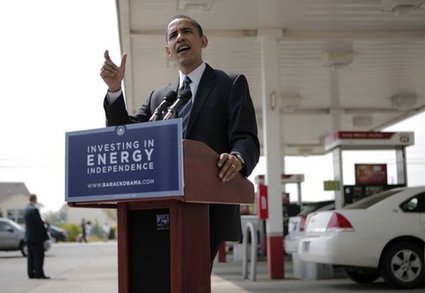












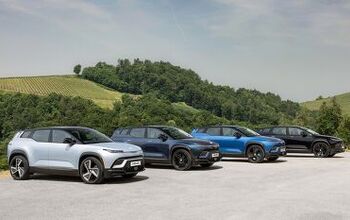




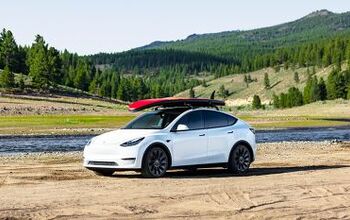
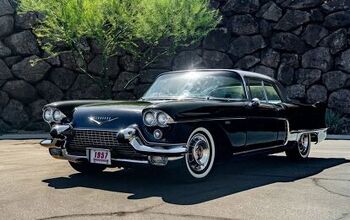
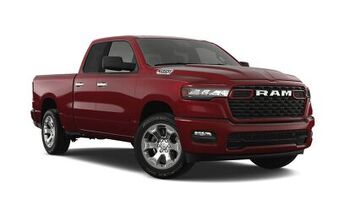

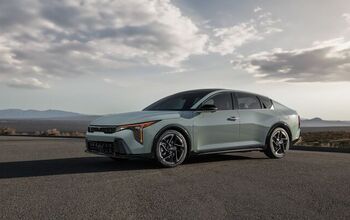
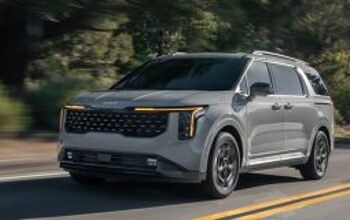
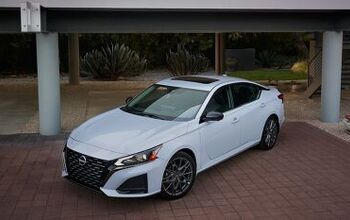
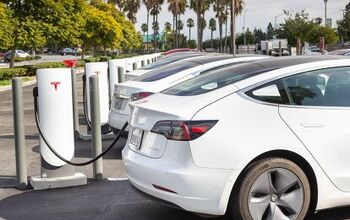
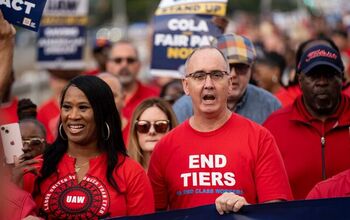
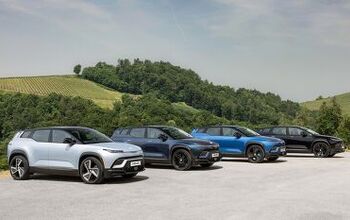
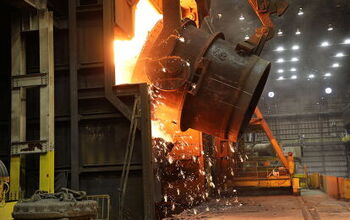
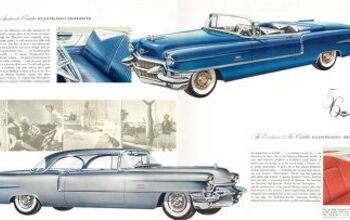
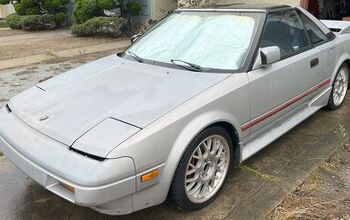
Comments
Join the conversation
I think the government should be free to set CAFE standards however they want, so long as it does raise the prices (or reduce the availability) of V8 powered five passenger vehicles that can go 0-60 in under five seconds.